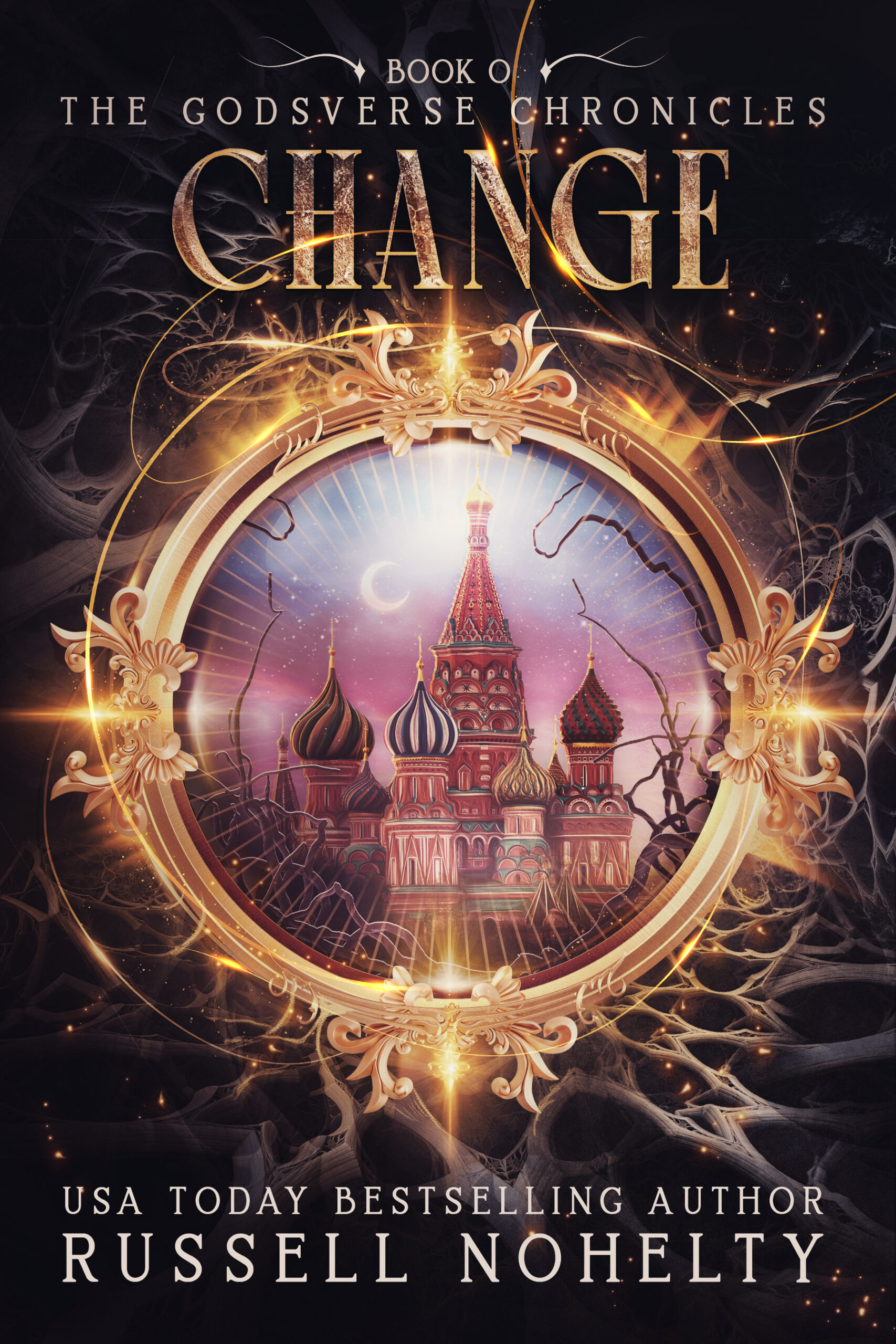No, I’m not talking about production design. I’m talking about the big, epic moments that a movie is built around and anchors the plot.
Every TV season or movie has a couple of big, blow-out moments that they build to for the majority of the runtime.
Every moment can’t be a huge set piece because they take up a huge amount of the budget. They must be used judiciously.
For instance, the end of Avengers: Endgame, the big battle between Thanos and the Avengers, is a set piece.
They will generally happen at the end of a movie during the climax, in the middle to end of the second act, and 1-2 other times during the movie, depending on the run time.
Every single movie has this construction. Set pieces are where most of the “best” trailer moments come from, and often distill the plot to its essence.
The rest of the movie is really building up to these huge moments of catharsis.
For this year’s Oscar-winning movie, Parasite, there were three “set pieces” basically set up at the end of the first act, the end of the second act, and the third act.
For TV shows, they might only get one big set piece every three episodes.
There’s a great episode of Community that happens right after an episode where there’s a big, epic paintball battle, where they are all stuck in a room trying to decide who stole Annie’s pen.
And Abed shouts out “It’s a bottle episode!”
A bottle episode is one where all the characters are stuck in one place, and they tend to happen because the producers blew their budget on a HUGE set piece in a previous episode, and now need to conserve their budget by shooting something cheaply.
The set pieces destroy the old paradigm, release tension from the previous scenes, and move the story in a new direction.
The rest of the show is simply moving the pieces around the board to build up to these set pieces.
For movies, the budgetary reasons are clear, but the story reasons resonate in any story, even if its a book or comic.
The story reason for set pieces is that when everything is explosions and car chases, the audience gets bored. It’s like listening to an entire album where the music is super fast.
It becomes hard to remember any single song because they all sound the same. The best stories have an ebb and flow to them.
They build and then release tension. They show character growth, and let the audience acclimate to the new normal.
However, the audience also needs direction to know where to focus their attention, which is how set pieces work as a waypoint for them.
In a romance book, these might be the “meet-cute” the “first date” the “break-up” and the “get back together”.
In a mystery, it might be “the first look at the crime scene”, “the big clue”, “the wrongful accusation”, and the “true culprit”.
You only get so many set pieces in a book, because the audience needs time to recover and adjust from the previous set piece.
This actually makes your job as a writer a bit easier, because when constructing a plot, you really only need to FOR SURE know your set piece moments.
The end is easy to imagine because it’s your biggest set piece, but if you work back and set up another set piece every 10,000-20,000 words of a book, then the rest of your decisions are just about moving the piece on the board to get to that set piece.
It’s a great way for “pantsers” to put a little plotting into their books to make sure they don’t get lost.
You’re allowed, then, to meander around and do whatever you want, as long as you’re moving toward the next set piece.
The build-up to the set piece gets more rapid as you approach it, and the stakes rise with every passing page.
Then, after the set piece there is a cooling-off period where the character and audience acclimate to the new normal, regroup, and figure out what to do next.
Then, the tension builds to another set piece, culminating with a catharsis of tension, and you repeat the process through the story.
The book becomes all about tightening the tension and releasing it. When you think of your story that way, it becomes easy to see if something is serving the plot, or needs to be cut.
Depending on the length of a story, you might only have one set piece. For instance, in a comic book, you are probably going to get at most TWO set pieces per issue, right in the middle, and then at the end.
The rest is all building up and releasing tension, and strengthening the bond between audience and character.

